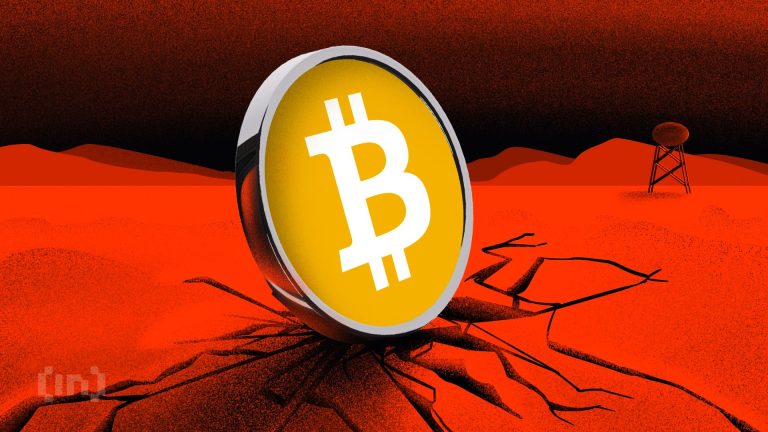
“
The Infinite Universe of Imagination: Beyond Celestial Boundaries
Introduction to the Infinite Universe
The infinite universe of imagination is a concept that has fascinated humans for centuries. It is a realm where the boundaries of space and time are pushed to the limit, and the possibilities are endless. From the majestic swirl of galaxies to the intricate dance of subatomic particles, the universe is a complex and awe-inspiring place. In this article, we will explore the infinite universe of imagination, and delve into the latest theories and advancements in cosmology and space exploration.
Theories of the Universe
There are several theories that attempt to explain the nature of the universe. The Big Bang theory is the most widely accepted theory, which suggests that the universe began as a singularity and expanded rapidly around 13.8 billion years ago. The universe is still expanding today, with galaxies moving away from each other at an accelerating rate. Another theory is the Steady State theory, which proposes that the universe has always existed in its current form, with no beginning or end. For a deeper dive into the imaginative aspects of galaxies, check out Galaxies of Dreams.
Celestial Boundaries
The celestial boundaries of the universe are the limits of our observation and understanding. The observable universe is the part of the universe that we can see, and it is estimated to be around 93 billion light-years in diameter. However, there may be parts of the universe that are beyond our observation, and these are referred to as the unobservable universe. The unobservable universe may contain regions that are beyond our cosmic horizon, which is the distance light could have traveled since the Big Bang. To explore the possibilities of life in these uncharted territories, read From Stardust to Dreams.
Space Exploration
Space exploration is the next frontier of human discovery, and it is an essential part of understanding the universe. From the Apollo missions to the International Space Station, space exploration has come a long way. Today, we have robotic missions that are exploring the surface of Mars, and plans are underway to return humans to the moon and establish a permanent presence on the lunar surface. The ultimate goal of space exploration is to explore the universe and discover new worlds, and to push the boundaries of human knowledge and understanding.
Conclusion and Takeaways
In conclusion, the infinite universe of imagination is a complex and awe-inspiring place. The latest theories and advancements in cosmology and space exploration are helping us to better understand the universe, and to push the boundaries of human knowledge and understanding. The key takeaways from this article are:
- The universe is infinite and complex, with many mysteries waiting to be uncovered.
- The Big Bang theory is the most widely accepted theory of the universe, but there are other theories that attempt to explain its nature.
- The celestial boundaries of the universe are the limits of our observation and understanding, but there may be parts of the universe that are beyond our observation.
- Space exploration is essential for understanding the universe and pushing the boundaries of human knowledge and understanding.
See more:
https://www.nasa.gov/
https://www.esa.int/
https://www.space.com/






